We’re All Readers Here
A MiddleWeb Blog
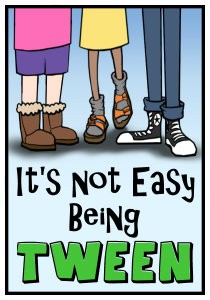 I grew up with a book permanently attached to my hand. I bonded with my grandmother over our mutual love of reading. I loved story time (and later, English classes) in school more than any other. I grew up and married a reader.
I grew up with a book permanently attached to my hand. I bonded with my grandmother over our mutual love of reading. I loved story time (and later, English classes) in school more than any other. I grew up and married a reader.
Although I spent the first 16 years of my career teaching special education, it was probably inevitable that I would eventually gravitate toward teaching the literature I loved so much. In 2008, I began my journey into the wonderful world of teaching middle school English.
In my first year of teaching English, I did so in the typical fashion. My school required a giant literature anthology textbook to be used. While I loved the stories included in the book (Flowers for Algernon being a particular joy to watch students discover), I taught them in the same way that I had received instruction in secondary school.
We defined random vocabulary words included in the text, read the story independently, and then answered questions at the end. After they had read a unit’s worth of stories, they took a test. I taught the whole-class novels in a similar fashion.
Because I knew that I never liked this type of learning, I supplemented these activities with those that I knew my students would love.
I developed a science fiction unit to go along with Flowers for Algernon that included Twilight Zone episodes and reading Vonnegut’s “Harrison Bergeron.” I taught theme, allusion, and allegory using Dr. Seuss stories as our mentor texts. This made English class bearable, and, often, even fun. But something was missing. I went searching for answers.
Listening to the Book Whisperer
Fate intervened, as it so often does, and I found the right book at the right time. As I was reading The Book Whisperer by Donalyn Miller, I had an epiphany. I didn’t have to teach English this way.
My feelings were completely validated by her words, and I realized that I could share what I loved about reading with my students and we could become a community. So, much like 2010’s Readicide by Kelly Gallagher influenced how I teach whole novels in class, The Book Whisperer gave me the permission to transform my classroom into a reading community.
The rest of this post is how I took Miller’s work and ran with it. The end result is the way I now establish the foundation that “We’re All Readers Here” with my middle school students.
1) The Environment
At home, our love for reading is evident. There is reading material on every available flat surface, we share our favorite books with each other, and we are constantly in the middle of at least one text. My classroom, however, was lacking in this department. I set about including as many books as possible into my classroom.
To this day, every available inch of my very small room is stuffed with my classroom library as well as my professional books. Almost all of the decorations in my class also point to my love of books and reading (see Debbie Ohi poster below).
While we do have a beautiful and well-stocked school library and a knowledgeable librarian, the fact that there are hundreds of books within their grasp and which I can easily hand to the right reader, means there are no excuses for a lack of reading material.
2) The Gift of Time
I have a mere 45 minutes a day to teach reading, writing, and speaking. Despite this handicap, I devote a non-negotiable first ten minutes of class every day to choice reading. Much research on the link between reading motivation and engagement and choice exists, so I know this is time well spent.
I also read aloud to students on a regular basis. We show what we value by where we devote our time and effort, and it doesn’t take long for me to see the results. I love it when I hear the groan when I tell them time is up and to put their bookmarks in their books.
3) A Lead Reader
I know that I am not the only passionate reader in my classroom, but for those who have not yet developed this love, I do everything in my power to encourage them to make pleasure reading a habit. During the first week of school, I give my students a reading habits survey (another idea I got from Ms. Miller). I learn how, when, and why they read, along with their reading preferences.
This helps me with what I tell them is my “magic power” of being able to match a reader to a book. It is hard to trust someone as an expert if they are not an active practitioner, so I read A LOT of middle grade material. I generally read every single book I place out on the shelves so I know where to point the students once I get to know them.
4) Book Buzz
I know that I get ridiculously excited whenever Jonathan Kellerman comes out with a new Alex Delaware novel and I pre-order his books as soon as I know one is coming. I want to instill this same kind of excitement in my students. One way that I do this is to show book trailers put out by children’s book publishers or on Scholastic’s website (click to view this trailer).
I also spend a sizable chunk of my take-home pay on new books for my classroom library. I anticipate new books from some of my favorite middle grades authors as much as I do the books written for adults. Once one arrives, I read it as quickly as I can, and then I use another of Donalyn’s ideas: a book drawing. I do a book talk and then allow students to submit an entry into a drawing to read the book first, and the rest of the students become the wait list.
Every year I attend the NCTE annual convention and return with a box full of advance reader copies generously supplied by publishing companies. The students are beside themselves with excitement over being able to read a book from their favorite author that isn’t even out yet! I have them submit a job application to be a book reviewer in order to be the first to read one of these new titles. Every book is spoken for that day.
5) Student Goals & Challenges
One characteristic of passionate readers (or “wild readers” in Ms. Miller’s terms) is that they make a plan and have goals for their reading life. This is not something with which my less avid readers are familiar. I help them develop a “To Be Read” (TBR) list so that they never face the problem of what they should read next.
I have a pile of books on the windowsill by my desk that are my TBR titles. We do numerous activities in class to encourage the development of these plans: book passes, blind date with a book, book talks, book commercials, book trailers, “first chapter Fridays” where I share a great book that isn’t being checked out, and a bulletin board display of books we have read (although NEVER competitive or individual totals of books read).
My students also set goals for themselves as readers regarding how they would like to improve their skills. Finally, they set a personal challenge. Ms. Miller is well known for her “40 Book Challenge,” and I put my own spin on this idea. I developed a set of 12 Personal Reading Challenges (see below – and here’s a large PDF version) and require them to choose one to begin. These are mini-challenges, and the idea is that they complete one and move to another.
These challenges have been a big hit, and I have shared this poster on social media numerous times. Of note is that I don’t do reading logs. I use a version of the reading list developed by Donalyn: author, title, genre, date started/ended, and rating. I have added a “why” category to jot down the reason for their rating and a space for them to record their Personal Reading Challenge.
6) Make it Social
One of my greatest joys is to gather with other book nerds (such as my friends in the Nerdy Book Club) and talk about titles we have loved. My students need to do this too. Not only do they confer with me, but I want them to share with their peers as well. We spend time discussing favorite books and sharing titles in class.
We have a bulletin board where we publicly share titles of great books we’ve read, and I compile these into a list I give them at the end of the year. We mine our favorite texts for Stellar Sentences. When studying argumentative writing, students present book commercials. Many parents also choose to read our class novels and discuss these with their children. This year, I am adding a “blogging about books” component to my class as well.
I am not naïve enough to believe that all of my students will start to devour books the way I do, but I am hopeful enough to try. Based on the good-natured complaints I receive from colleagues that “all the kids want to do is read” and “I always have to ask them to put their books away,” I think I am on the right track.

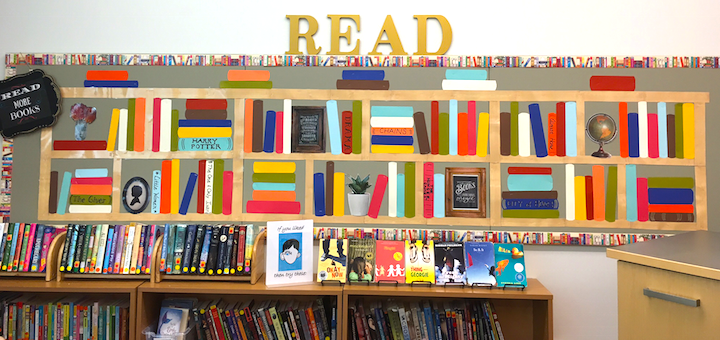
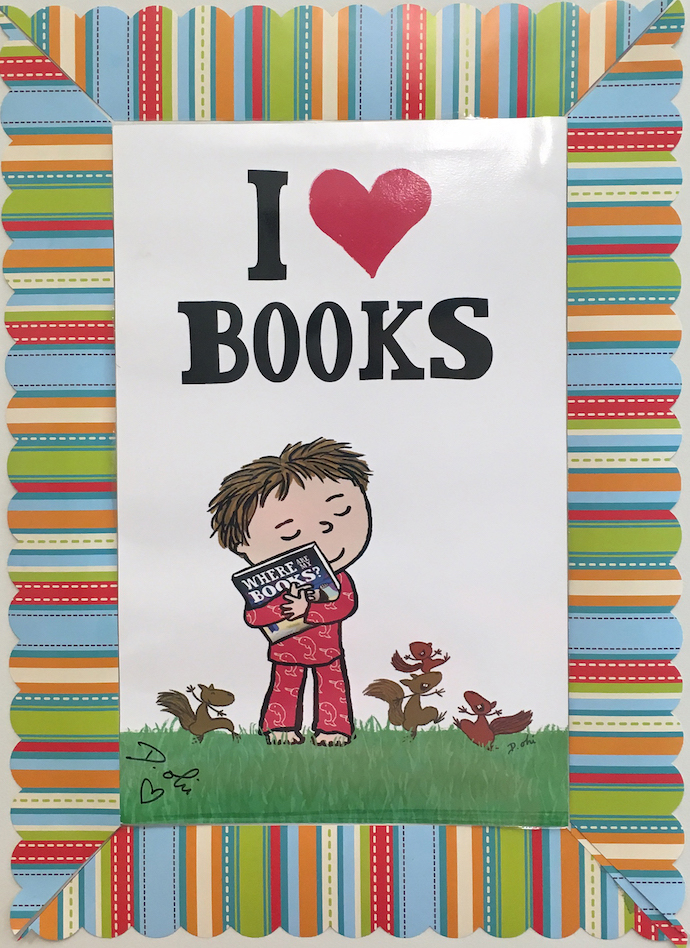
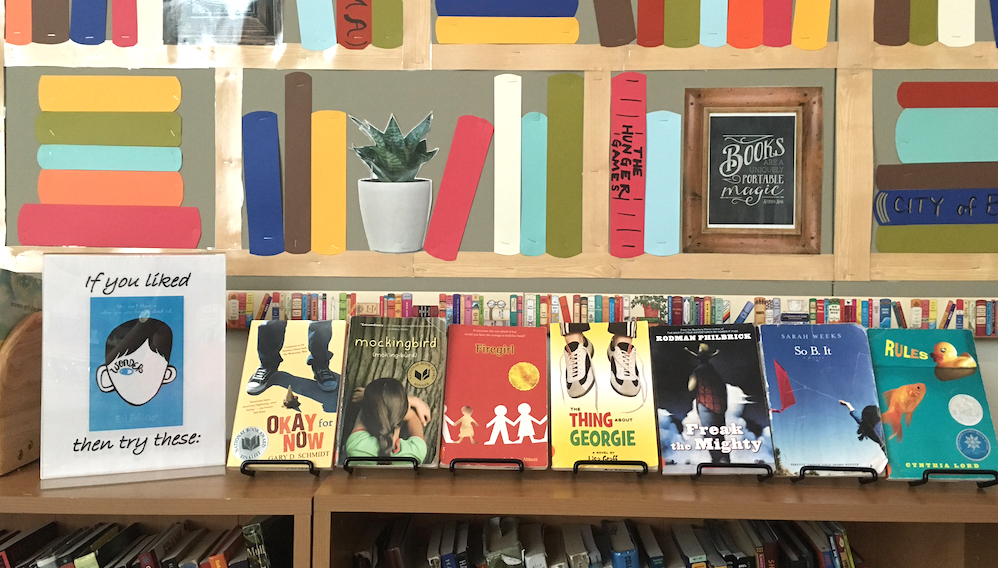
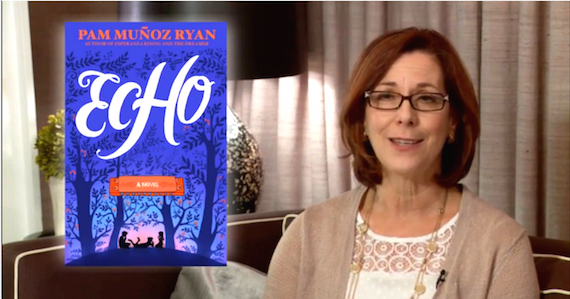
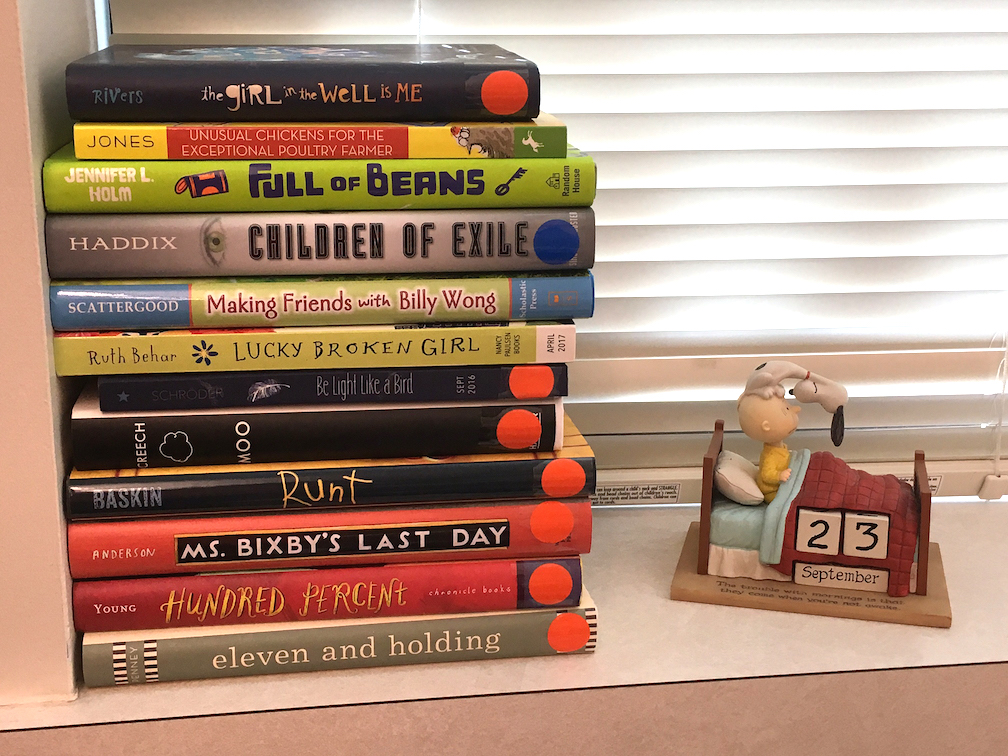
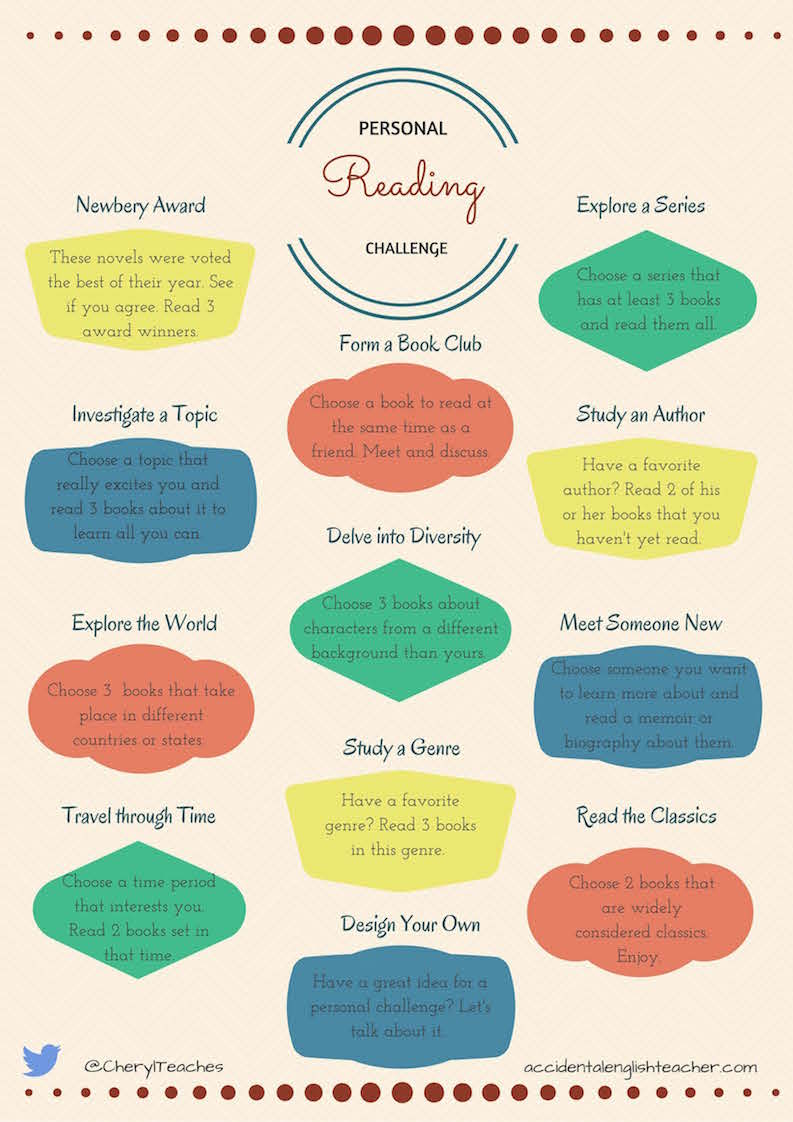





























I really enjoyed your blog post, Cheryl. I teach 6th grade and taught language arts. I am currently teaching social studies. I also like Ms. Miller’s book and would call that one of my favorites. One thing my students really enjoyed was my book blog. I made all students an author and they used the blog to share books they were reading and they also created book trailers. My colleague also had a book blog and our students would read posts written in each class. Not sure if you find this helpful but here is it:
http://mrmartinbookblog.blogspot.in/
I miss teaching L.A.
Thank you, Rob. I want to take my students on the blogging path, but I am having difficulty deciding on a platform. I need to just choose one and go for it. Everyone I know (whom I consider stellar teachers) use a different one.
I like WordPress for my social studies blog (more themes or templates), but Blogger is a nice platform to use as an introduction to blogging. It’s fairly easy to navigate and create as well. WordPress can be tricky at times. I like that I can add the students as administrators and they feel some sense of ownership of the blog too. Good luck and thanks again for your article.